Well, it turns out that iMovie does have a chroma-key ability. And it’s pretty easy to use, actually, once you find it. The trick is to drag the two clips on top of each other, just like I do when I’m doing split screen, but on the same menu as split screen, there’s another option called “Green/Blue screen”. So I’ve generated some solid color backgrounds with ffmpeg. Then I bring them into VIRB Edit and overlap the GPS data gauges on them and export that result. Then I bring the resultant exports into iMovie, and I can overlay them on the multiple camera shots. I just have to figure out how to make sure the GPS gauges stay in sync with the camera shots. The easiest way seems to be to do an audio countdown before hitting start on the GPS that’s picked up on the cameras, or look for when I start paddling in the case of a race. But then I’d have to export each full clip with the overlay and bring it back in as a new clip. I’ll have to work on that.
Meanwhile, I’m trying to figure out what color to use for the chroma-key. Green is the standard, but my gauges have green in them. The results aren’t that great. (Note that the video and the GPS track aren’t from the same paddle, it’s just for testing.)
Then I tried red. There’s very little red in the gauges. The results are better, but still not great.
Blue isn’t much different from red, but does save one whole click because you don’t have to click in the red area to tell it which color to key on.
Testing continues.

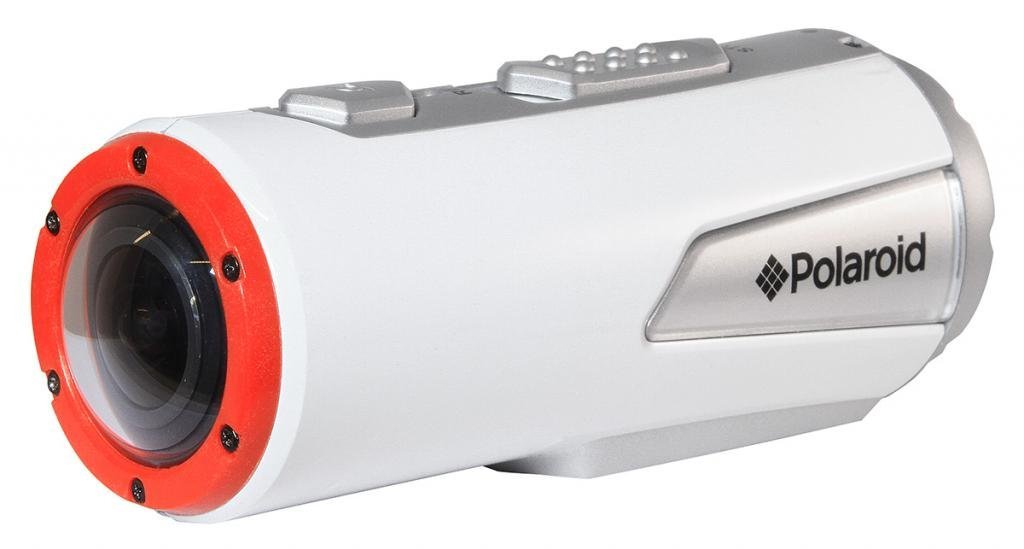 It’s a very nice action camera, except just like the others it has lousy battery life. I got one for a present, and was very impressed with the picture quality. It’s not as light as a GoPro, so I didn’t think I’d want to wear it on a headstrap, but mounted on the boat it did well recording some of the shorter races. But the battery ran out on the Canadian Surfski Champs, which is a bit longer race. So I decided to do something about it.
It’s a very nice action camera, except just like the others it has lousy battery life. I got one for a present, and was very impressed with the picture quality. It’s not as light as a GoPro, so I didn’t think I’d want to wear it on a headstrap, but mounted on the boat it did well recording some of the shorter races. But the battery ran out on the Canadian Surfski Champs, which is a bit longer race. So I decided to do something about it.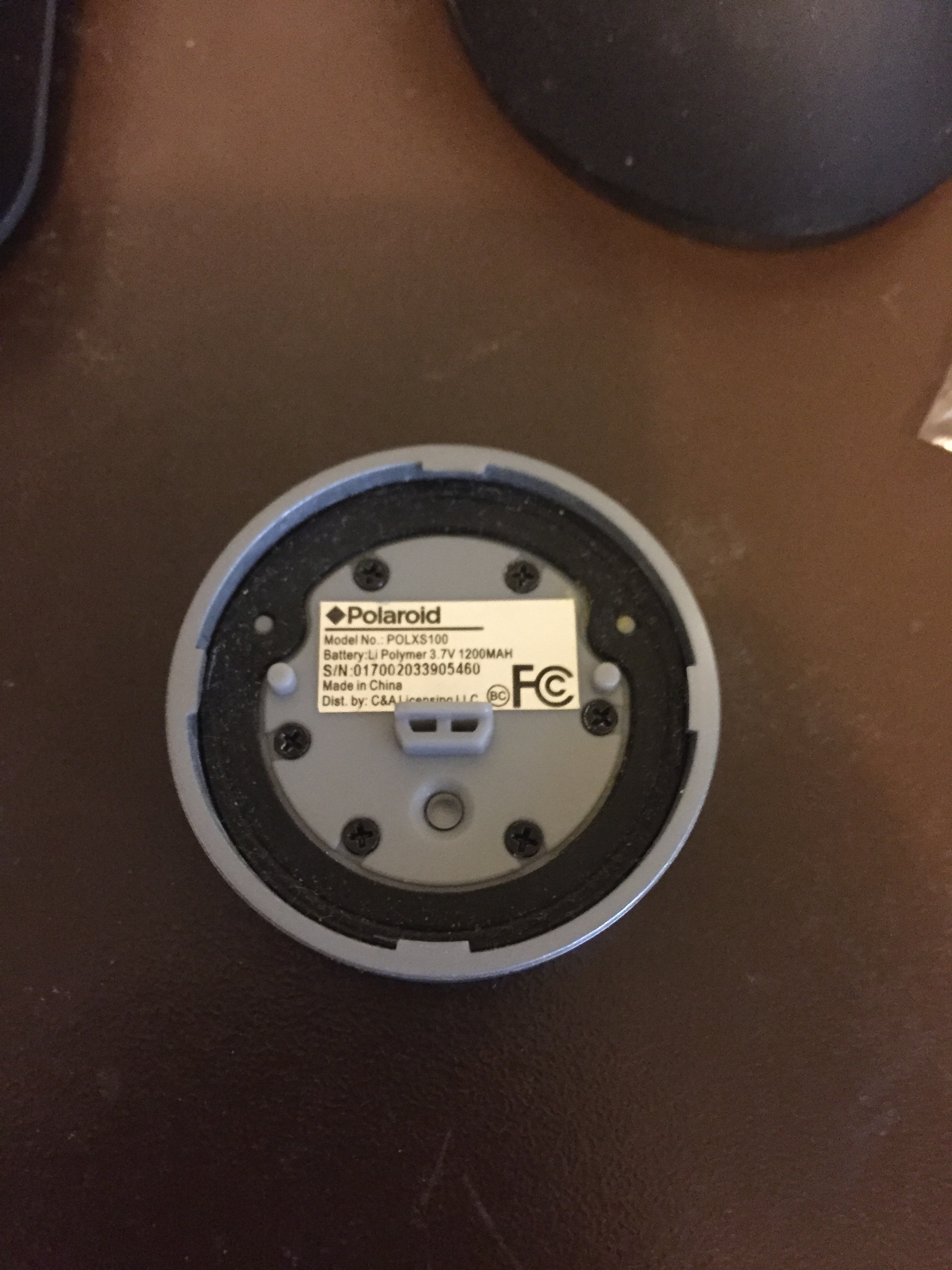 . It covers the back of the camera where the USB charging port and the SD card slot live.
. It covers the back of the camera where the USB charging port and the SD card slot live.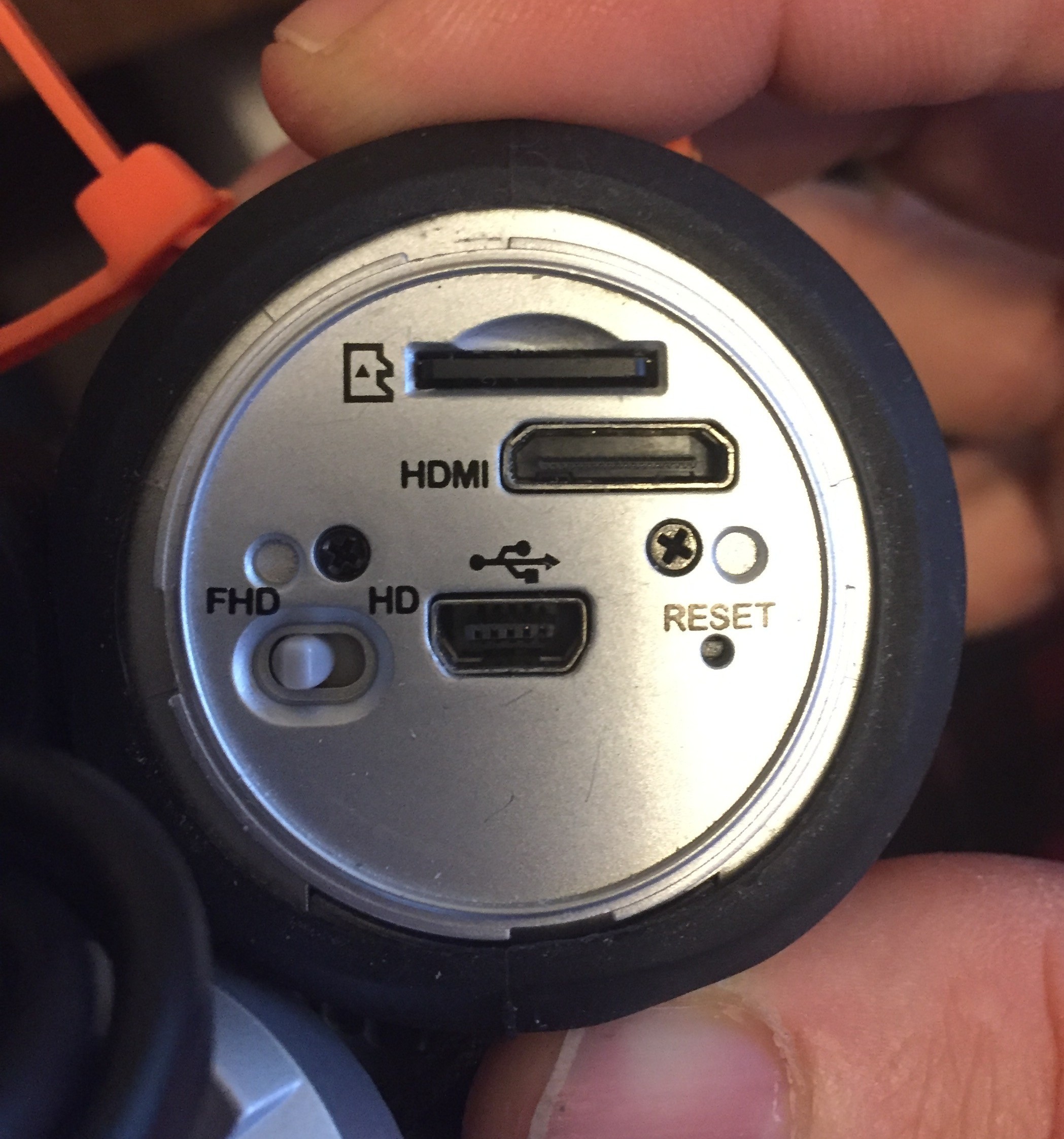 .
. 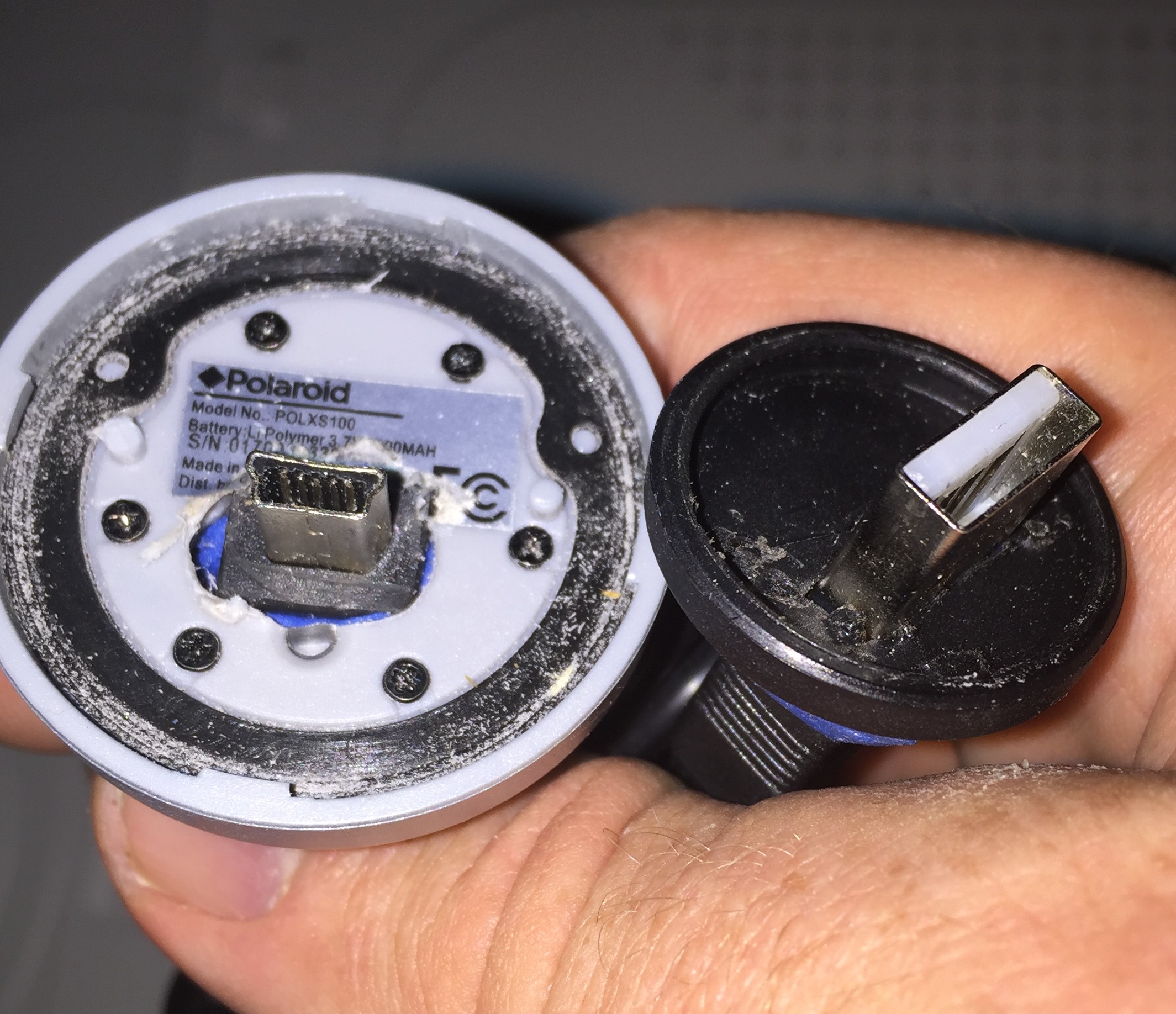
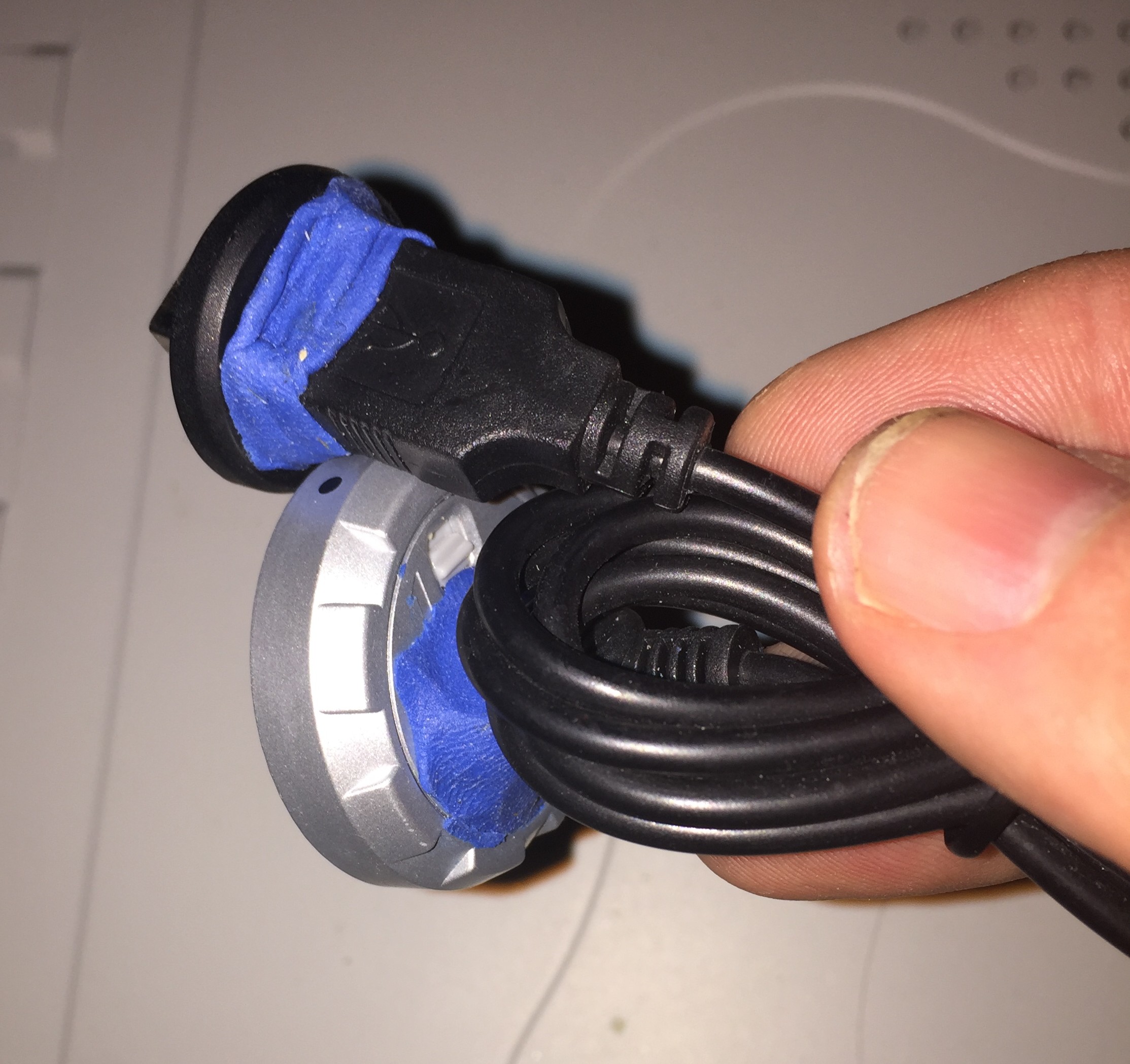 .
.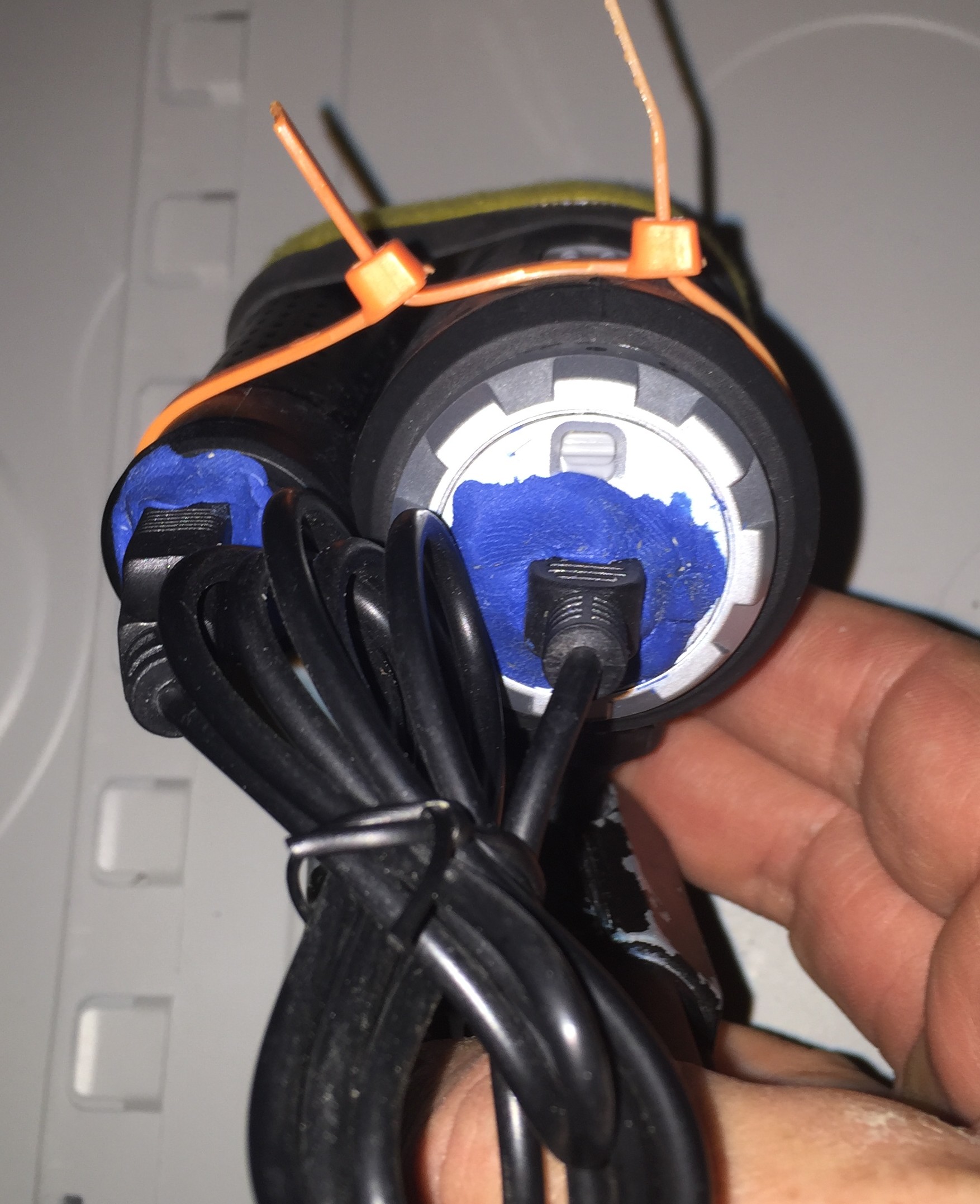
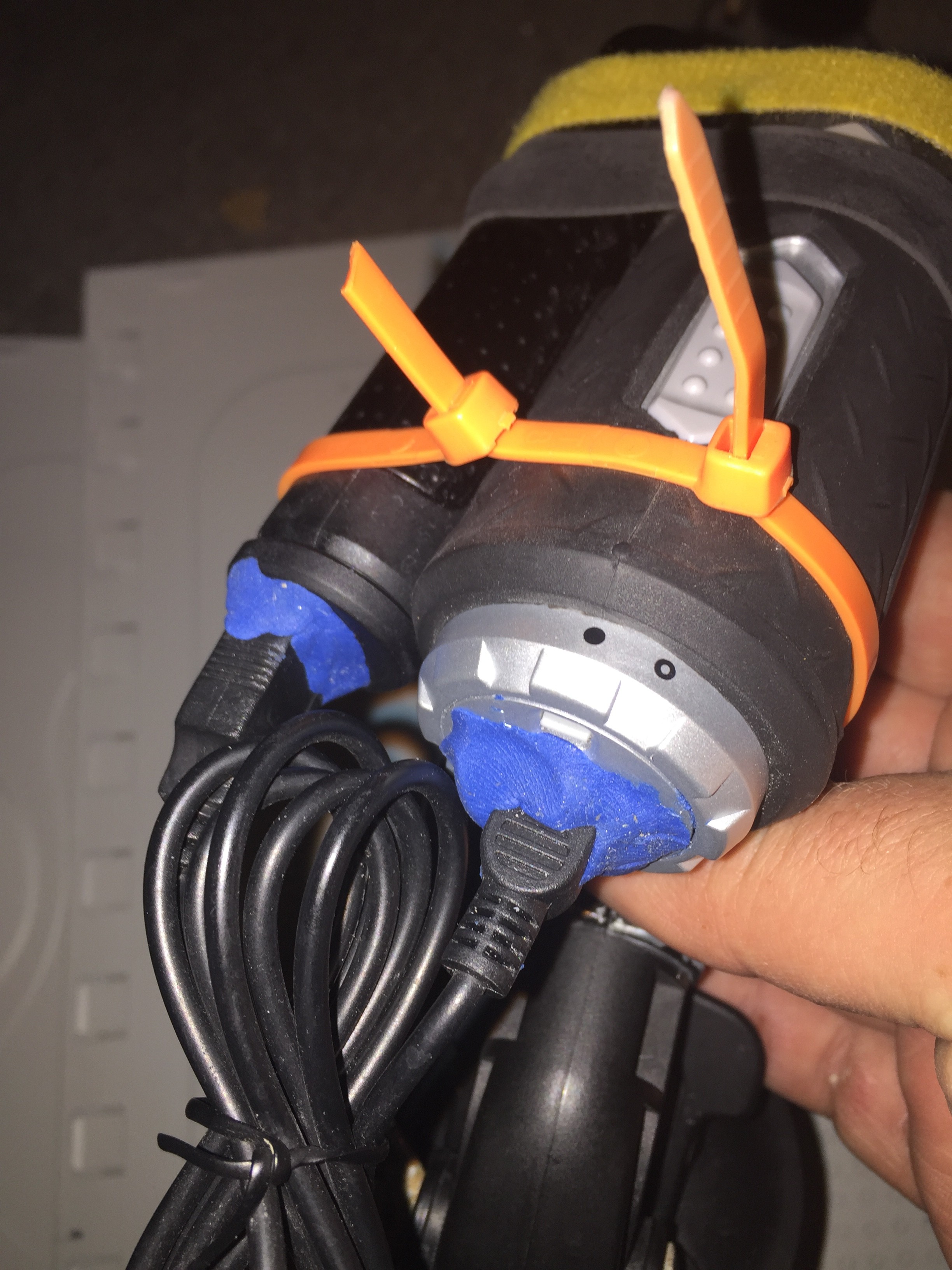 The battery is now semi-permanently zip tied to the side of the camera. The camera is on a
The battery is now semi-permanently zip tied to the side of the camera. The camera is on a 